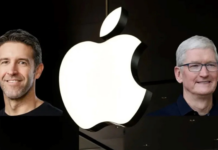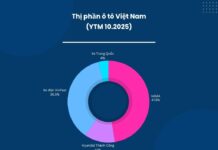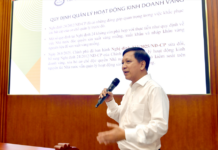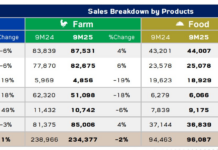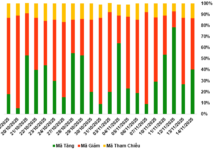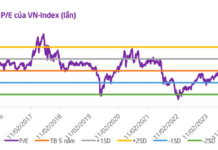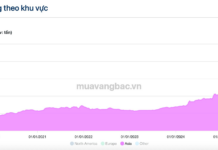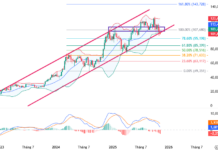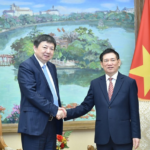Question:
I’ve recently gotten married and am looking to plan for my future. My spouse and I are considering purchasing insurance to protect ourselves and save for future financial goals. I’ve heard about investment-linked insurance policies that offer both protection and investment opportunities. However, I’m unsure about how the ‘investment’ aspect works.
Answer:
This is a common query among individuals who are introduced to life insurance, especially investment-linked policies. It’s important for customers to understand the nature of the ‘investment’ aspect of this type of insurance.
The core nature of insurance remains protection.
Insurance, in its most fundamental form, is a risk transfer mechanism. When you purchase insurance, you pay a periodic premium so that the insurance company can bear the financial burden if a risk event occurs, such as death, critical illness, accidents, or loss of income. In other words, you’re paying a small amount to gain significant protection, ensuring your family doesn’t face financial hardship in the event of adversity.
Unlike investing, which involves accepting risks to pursue profits, insurance aims to safeguard your finances from potential risks. Its role is to prevent significant losses and help you ‘preserve your lifestyle,’ rather than focusing on wealth accumulation.
To understand this better, let’s differentiate between the two main types of products currently available in the market:
– Traditional insurance: This includes term, whole life, and endowment plans. Most of the premium paid for these policies is used to provide protection benefits. If there is a refund, it is usually small and earns low interest. These products are purely focused on protection, in line with the original nature of insurance.
– Investment-linked insurance: This includes unit-linked and fund-linked policies. The premium for these policies is divided into two main parts: protection and investment. The investment portion is allocated to linked investment funds (unit-linked funds or fund-linked funds). If you opt for a fund-linked policy, your investment portion will be allocated to a fund-linked fund. On the other hand, if you choose a unit-linked policy, depending on your risk appetite, your investment will be allocated to unit-linked investment funds managed by the insurance company, with transparent operating mechanisms and annual performance updates. In addition to investment returns, investment-linked insurance policies may also offer additional bonuses.
For instance, Manulife offers a unit-linked insurance product called ‘Green Future,’ which provides both protection and investment benefits. In addition to offering up to 75% increased protection against life and health risks, this product is designed with a focus on investment benefits. With ‘Green Future,’ customers can choose from 9 unit-linked funds based on their risk tolerance. These funds are professionally managed by Manulife Investment Management (Vietnam). Additionally, customers receive bonuses in the 10th, 15th, and 20th years of the contract if they maintain their policy consistently during this period.

In reality, investing through insurance can yield profits. However, as with any investment, the returns may fluctuate based on market conditions, fund performance, and the duration of the contract, among other factors.
Who is a good fit for investment-linked insurance policies?
Investment-linked insurance policies are not suitable for individuals lacking financial discipline or those seeking immediate returns. However, they can be a prudent choice for individuals with stable incomes, long-term financial goals, and a desire to combine protection with wealth accumulation. These policies are most effective when maintained for an extended period, typically 10 years or more. Early termination of the contract, especially within the first 2 to 5 years, may result in a significant loss of the paid premiums and the loss of protection benefits.
To maximize the benefits, individuals should clearly define their financial goals, risk tolerance, and choose the appropriate fund allocation from the outset.
Moreover, before purchasing, it is essential for buyers to understand the various costs involved, such as initial fees, contract management fees, risk fees, and fund management fees, as these can significantly impact the investment value in the initial years of the contract. Misinformation or mismatched expectations can lead to disappointment if the refund value does not meet expectations.
“TPBank: Leading the Way with Efficient Operations and a Pioneer Digital Ecosystem”
With a remarkable profit of over VND 4,100 billion in the first six months of 2025 and total assets reaching VND 428,600 billion, TPBank has not only sustained its robust growth but has also been recognized among the Top 10 most reputable private joint-stock commercial banks in Vietnam for 2025 by Vietnam Report. This testament solidifies TPBank’s standing as a frontrunner in the banking industry.
The Latest on Insurance Claims for Two Devastating Train and Vehicle Accidents
The Insurance Supervisory Authority, under the Ministry of Finance, has announced that insurance companies are expected to pay out over VND 23 billion in compensation for the Halong Bay tourist boat accident and more than VND 1.6 billion for the passenger bus crash in Ha Tinh province.
“Vietnam’s FDI Appeal Remains Unshaken by Tariff Turbulence”
Although the US administration has tweaked some tax policies amidst escalating trade tensions with China, foreign direct investment (FDI) into Vietnam, particularly in high-tech and ancillary industries, has not witnessed significant changes. Experts attribute this stability to Vietnam’s enduring competitive edge in the global supply chain, which transcends the transient effects of international tax policies.
“Financial Institutions Embrace the Digital Asset Revolution”
The legalization of digital assets marks a pivotal moment in Vietnam’s legal history. As the regulatory framework evolves, investment appetite from financial institutions is already evident, with many proactively laying the groundwork and poised to enter the market when the proverbial green light shines.
The Real Estate Market in the Second Half: No Land Rush, But Also No Deep Price Cuts
“That is the assessment of Dr. Nguyen Van Dinh, Vice President of the Vietnam Real Estate Association, as he forecasts the real estate market trends for the latter half of 2025.”




